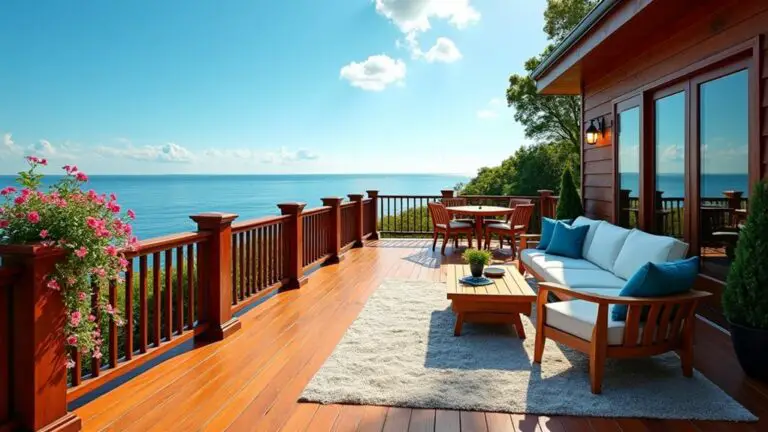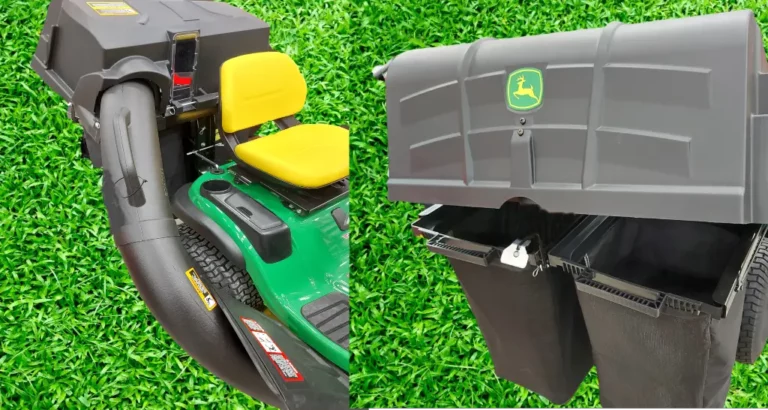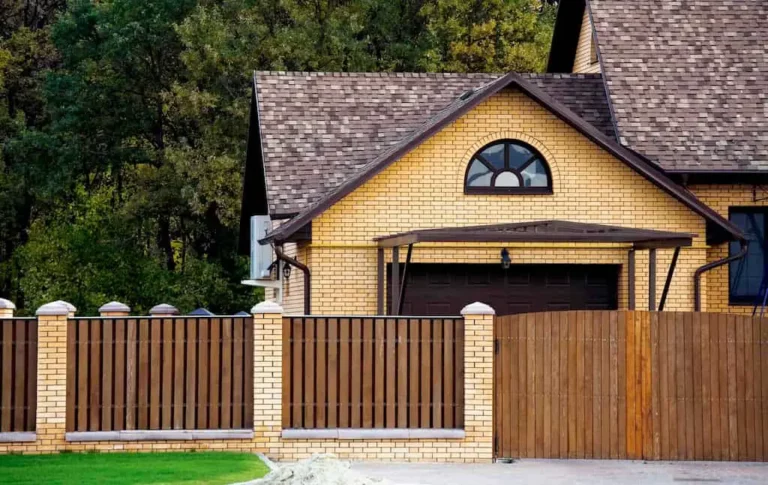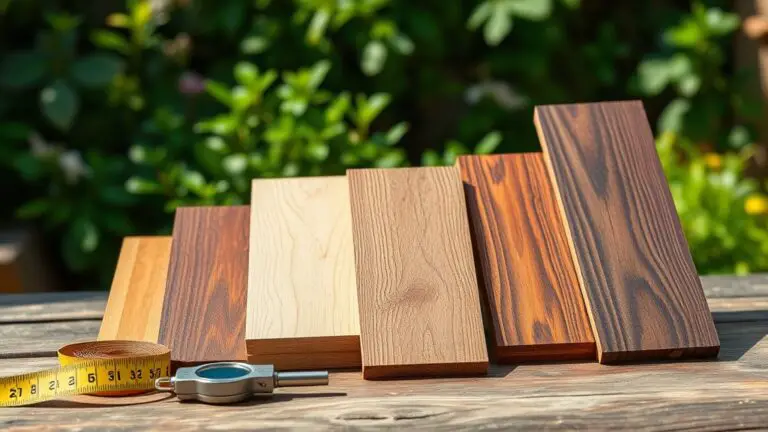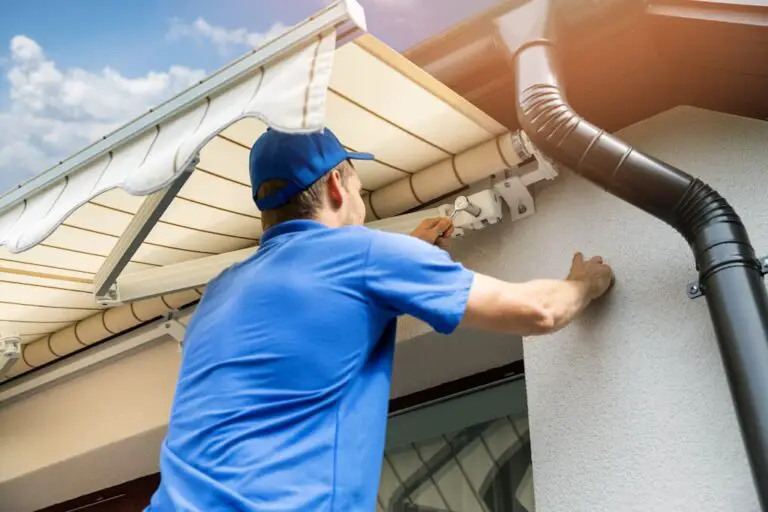Best Sprinkler Lines PVC Vs Polyethylene
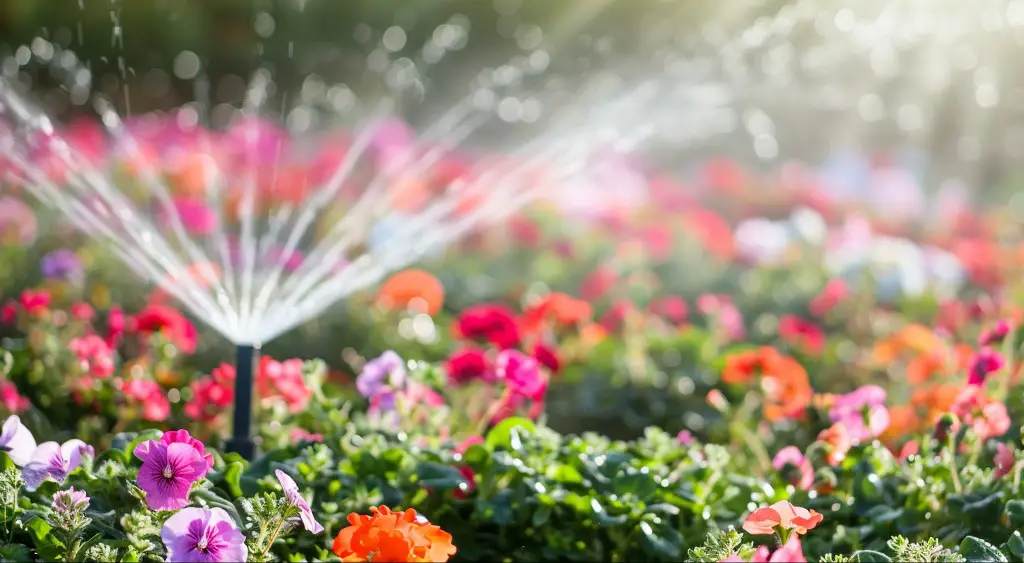
Considering the merits of PVC versus polyethylene for your sprinkler system, it’s essential to understand how each material’s unique properties affect performance and longevity. You’ve got PVC, known for its strength and resistance to high pressure, and polyethylene, which offers exceptional flexibility and ease of installation. Each has advantages, but the best choice depends on specific aspects of your landscape and climate. Do your sprinklers need to withstand freezing temperatures, or are you more concerned about curving around numerous garden beds? Let’s explore how these factors will influence your final decision.
PVC Versus Polyethylene Overview
In evaluating sprinkler lines, you’ll find that PVC pipes offer robustness and longevity, whereas polyethylene pipes excel in flexibility and cost-efficiency. When choosing the right pipe to use for your irrigation systems, consider the specific needs of your landscape.
Being rigid and robust, PVC is an excellent choice for areas requiring stability and resistance to chemicals and corrosion. Its resilience makes it particularly suitable for sprinkler systems that must endure tough conditions.
On the other hand, if you’re dealing with uneven terrain or need a more budget-friendly option, polyethylene pipes are your go-to. These pipes are lighter and more flexible than PVC and easier to maneuver around obstacles in your garden. They adapt seamlessly to land contours, making installation more straightforward and less intrusive.
Both PVC and polyethylene have their merits, so your decision should align with the environmental demands and the complexity of the system installation. Remember, the effectiveness of your sprinkler system hinges not just on the type of pipe but on how well it integrates with the overall design of your irrigation setup. Choose wisely to guarantee a durable and efficient system.
Analyzing Pressure Ratings
Understanding the pressure ratings of PVC and polyethylene pipes often determines their suitability for your specific irrigation needs. PVC pipes, with pressure ratings of up to 140 psi, are ideal for dealing with high-pressure scenarios in your irrigation system. These pipes guarantee that your system’s integrity remains intact despite significant stress. The strength offered by PVC pipes is vital for areas requiring robust water flow.
On the other hand, if your irrigation demands are more modest, polyethylene pipes, which can handle up to 100 psi, might be all you need. They’re particularly suitable for low-pressure systems and are preferred for their flexibility and ease of installation. This makes them a go-to choice for light residential or delicate agricultural watering needs.
It’s important to note that while polyethylene might appear less capable due to its lower pressure threshold, it compensates with reduced material rigidity. This flexibility means less risk of breakage under typical handling and installation scenarios. However, if your irrigation setup pushes closer to higher pressures, you might lean towards PVC to avoid the need for thicker, potentially more cumbersome polyethylene pipes. This decision ultimately hinges on matching the pipe’s capabilities with your system’s pressure requirements.
Assessing Cold Weather Performance
When choosing between PVC and polyethylene pipes for your irrigation system, it’s important to consider how they perform in cold weather.
Polyethylene pipes excel in this area because they’re flexible, allowing them to withstand extreme cold weather without losing their structural integrity. They’re particularly well-suited to environments where temperatures can plummet to as low as -130°F. This high level of freeze resistance guarantees that your irrigation system remains functional and free from damage, even in harsh conditions.
On the other hand, PVC pipes, while resistant to corrosion and generally strong, may not fare as well in very cold climates. They become brittle and can crack when exposed to temperatures around -40°F. This can compromise their structural integrity and lead to leaks or complete system failures, which you want to avoid.
If you’re in an area prone to severe winter conditions, polyethylene is likely your best bet. Its flexibility and superior freeze resistance make it more reliable for maintaining a functioning irrigation system through winter, ensuring that your landscaping remains hydrated without unexpected disruptions.
Comparing Water Flow Efficiency
How water flow efficiency differs between PVC and polyethylene sprinkler lines. When you’re selecting the right material for your sprinkler system, you need to take into account how each option impacts water flow. PVC pipes boast a smoother interior surface, which greatly enhances water flow rates. This feature is crucial for maintaining the efficiency of your sprinkler system, especially in scenarios requiring high water pressure.
On the other hand, although flexible and easier to handle, poly pipes mightn’t be the best choice if you’re looking for efficient water flow. The fittings used in polyethylene systems can restrict water movement, and the typically smaller diameter of poly pipes compared to PVC can further reduce flow. This can lead to a less efficient system, which mightn’t meet your watering needs.
In the PVC vs poly debate, PVC is likely the better choice if you prioritize water flow efficiency. It’s designed to handle higher pressures and maintain a consistent flow that can be advantageous for your sprinkler system’s performance. Remember, efficient water use isn’t just about watering your plants; it’s about choosing the right tools to do so effectively.
Cost, Installation, and Maintenance
While PVC pipes are generally more expensive upfront, their durability and low maintenance needs can make them a cost-effective choice in the long run. In contrast, polyethylene (poly) pipes, although cheaper initially, might lead to higher costs over time due to more frequent replacements.
The installation process also presents differences. PVC pipes are straightforward to install; simply cut them to size and use solvent cement. This rigidity, however, means less flexibility during installation, especially in tight or awkward spaces.
On the other hand, the pipe is flexible regarding poly, making it easier to maneuver and install in complex layouts without needing special tools or fittings. However, this flexibility can also mean poly pipes are more susceptible to damage and may require more ongoing maintenance. You must check and clean them periodically to ensure they function properly.
When deciding between PVC and polyethylene, consider the initial cost, installation, and long-term maintenance. PVC might be the better option if you prefer a ‘set it and forget it’ approach, while poly could suit you if flexibility and lower initial costs are your priorities.
Frequently Asked Questions
Is Poly or PVC Better for a Sprinkler System?
To decide whether poly or PVC is better for your sprinkler system, consider your region’s climate and soil. PVC excels in high-pressure settings, while poly offers superior flexibility in colder or variable soils.
What Is the Best Pipe Material for a Sprinkler System?
When choosing the best pipe material for your sprinkler system, you must weigh the pros and cons of different types based on durability, flexibility, cost, and suitability for your specific environmental conditions.
Is Polyethylene Better Than PVC?
You’re asking if polyethylene is better than PVC. Polyethylene offers more flexibility, durability, and cost-effectiveness for low-pressure systems, making it a superior choice for many, despite PVC’s strength in high-pressure scenarios.
Is PVC or HDPE Better for Irrigation?
For irrigation, HDPE is generally better than PVC as it’s more durable, flexible, and resistant to corrosion. It offers a longer lifespan and fewer maintenance issues, saving you money in the long run.
Conclusion
In choosing between PVC and polyethylene for your sprinkler lines, consider your specific needs. If you’re after durability and high-pressure support, PVC is your best bet. However, if flexibility, ease of installation, and cost are your main concerns, polyethylene might serve you better.
Weigh each option’s performance in cold weather and water flow efficiency against your environmental conditions and system requirements to make the most informed decision for a robust and efficient irrigation system.
